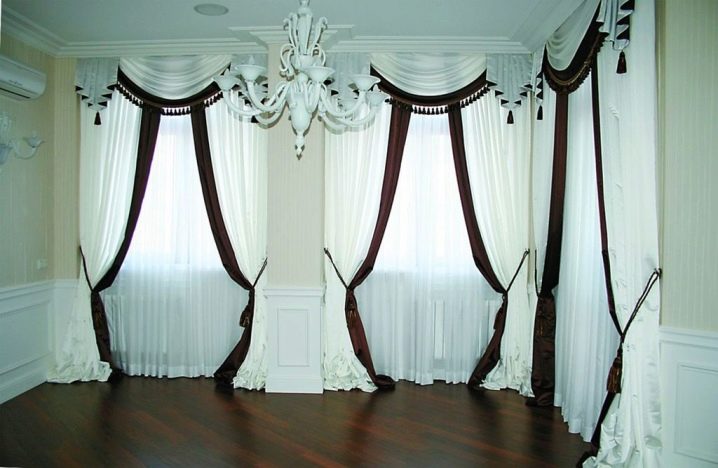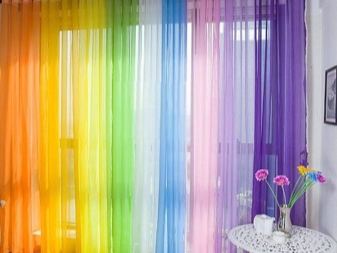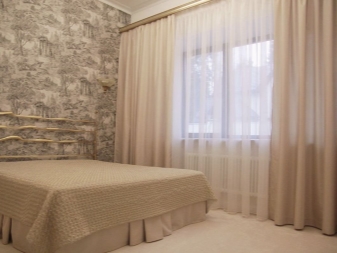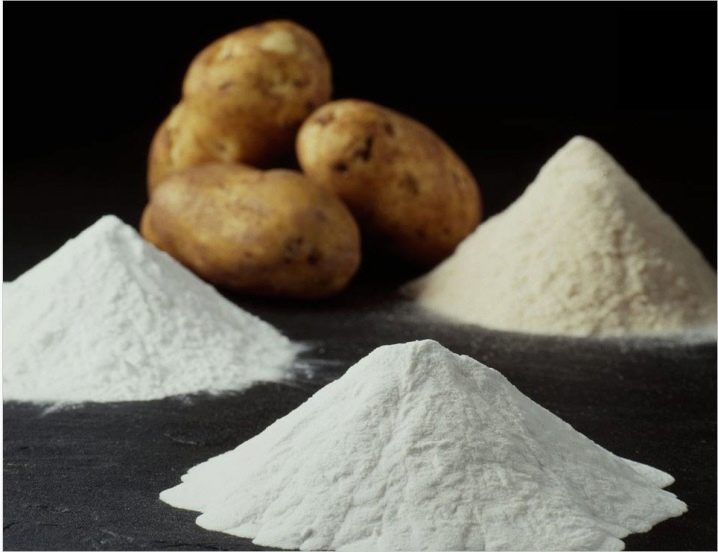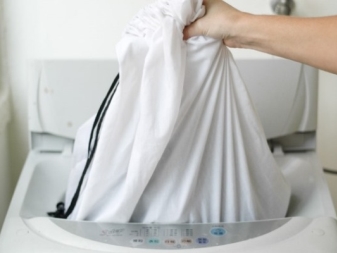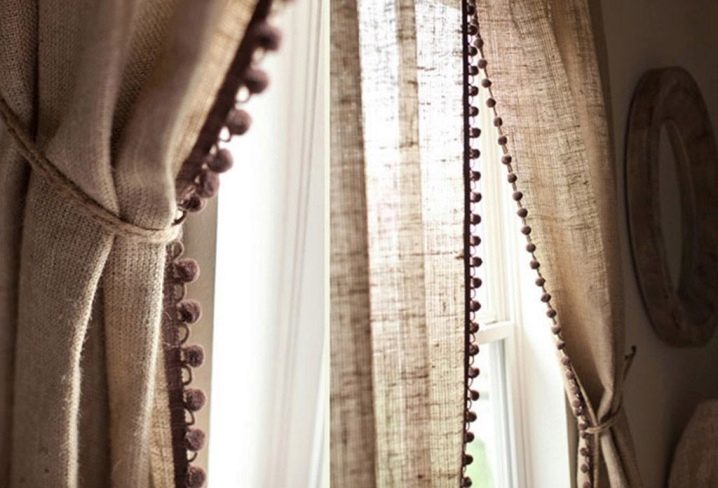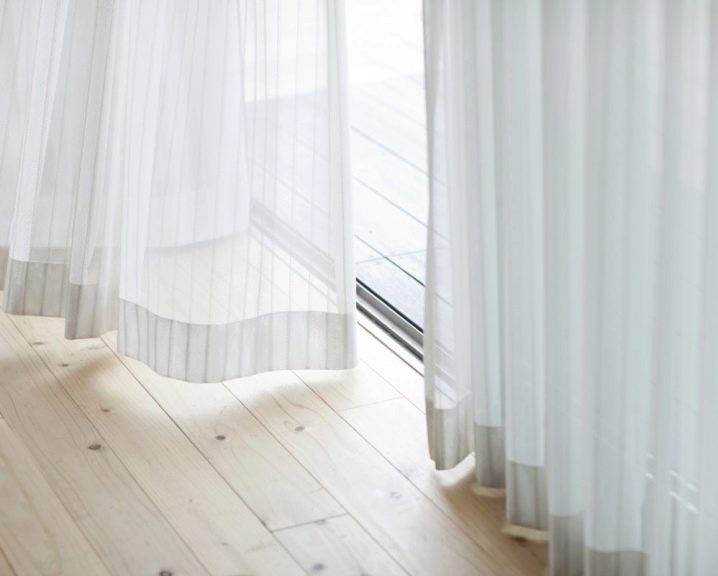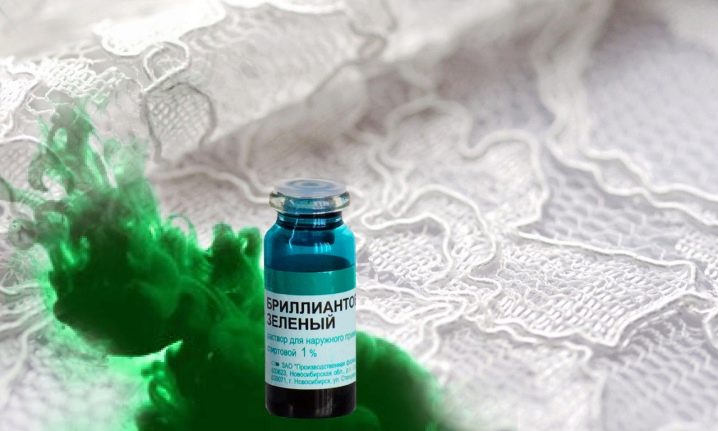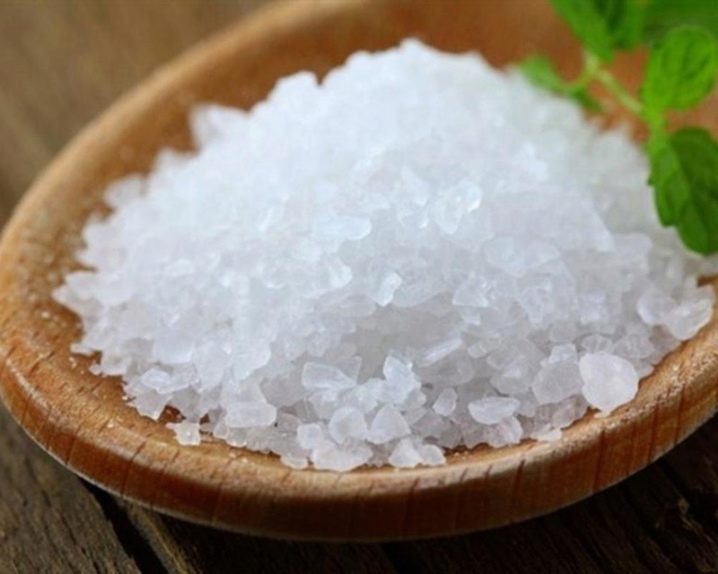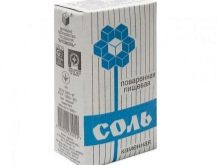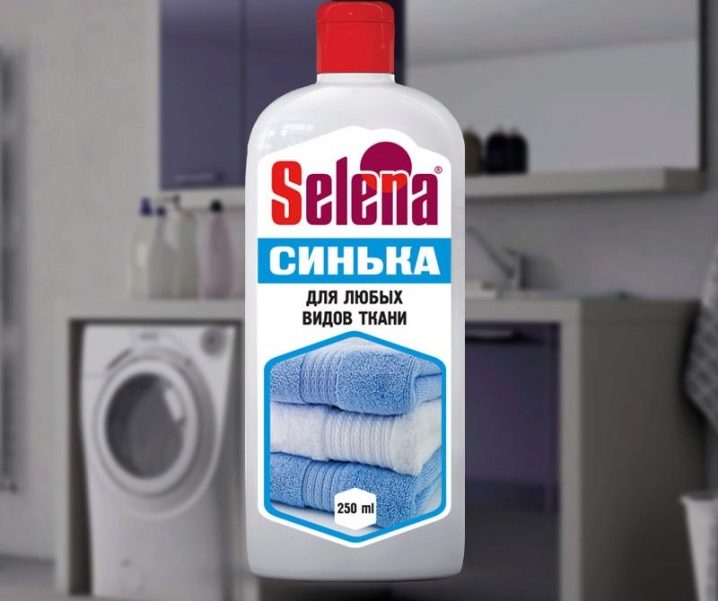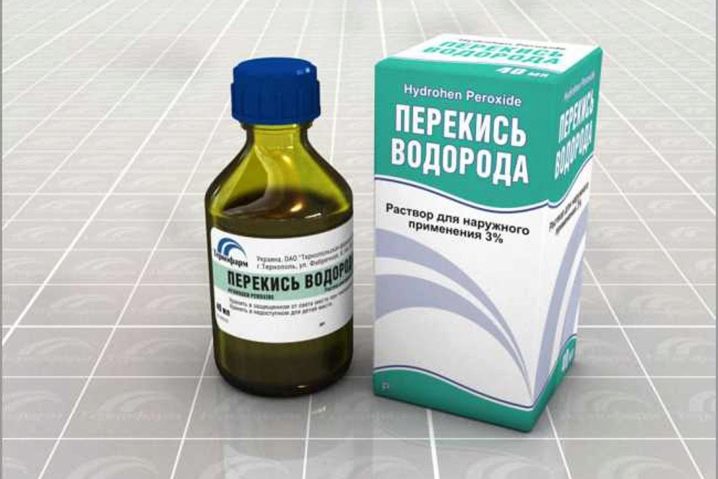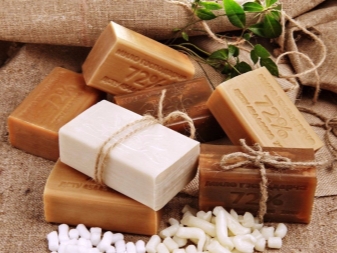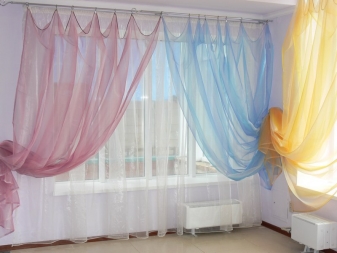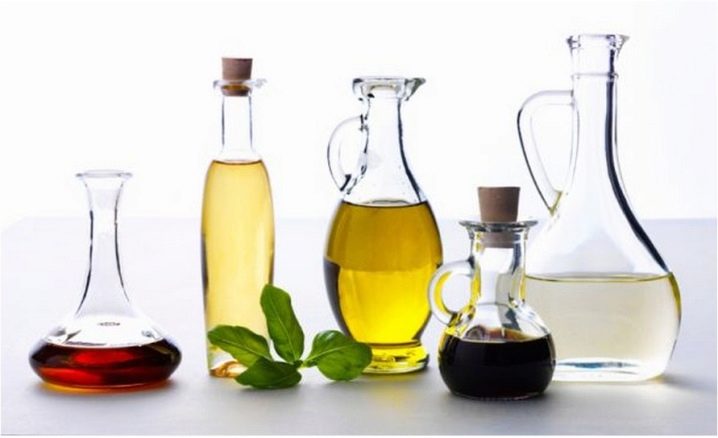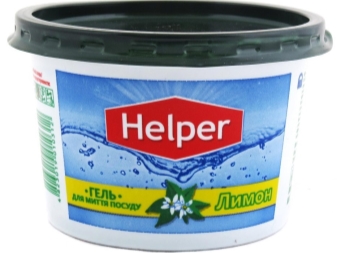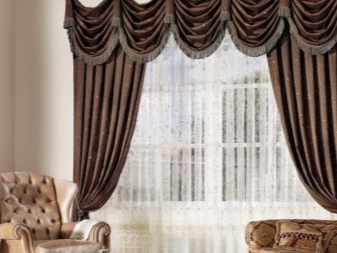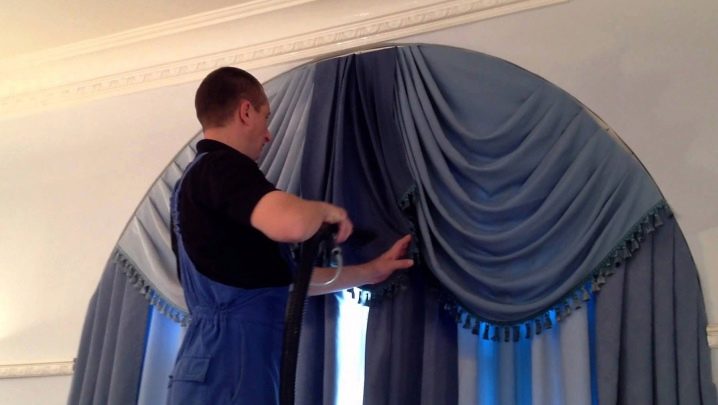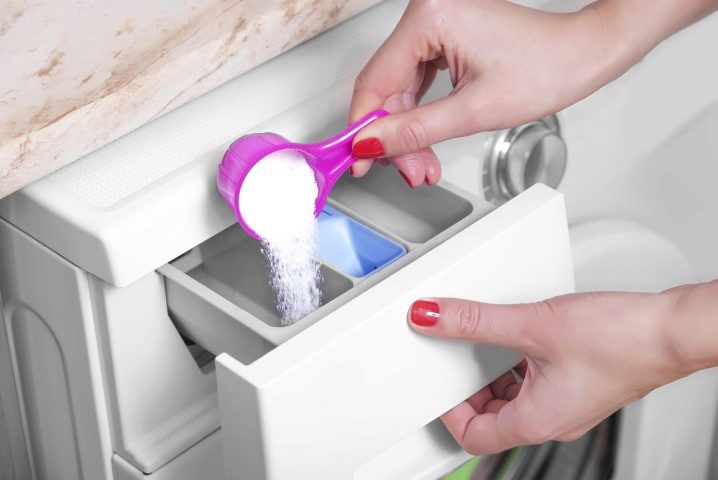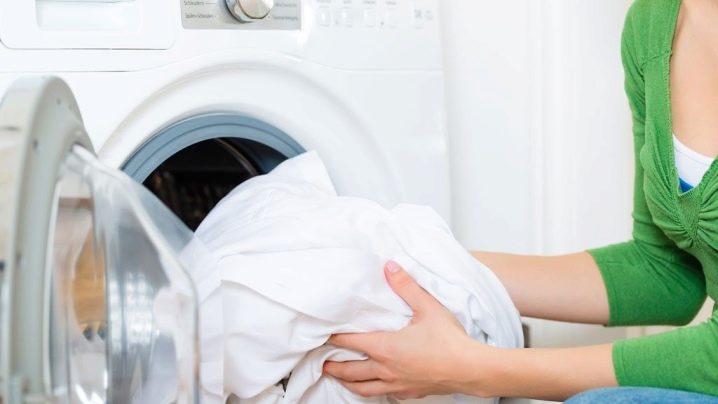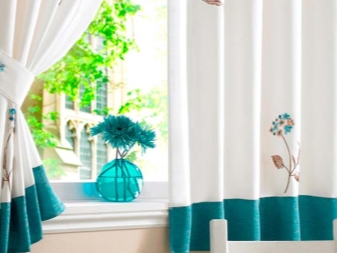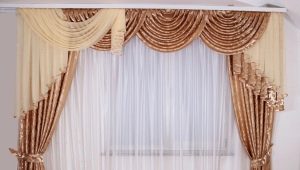Washing curtains
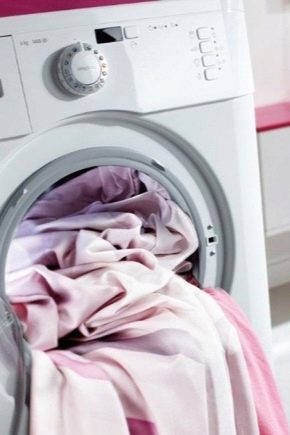
Every modern housewife periodically has to deal with such a task as washing curtains. With the right approach, fabric products can be quickly and easily cleaned of dirt and return them to their original appearance. To date, there are many effective ways to help speed up the process of washing. It is worth noting that the selected processing method depends on the material of the curtains.
Different materials
To date, manufacturers produce a large number of curtains from a variety of materials. Each fabric has certain properties, and therefore the choice of the method of washing must be approached responsibly.
Particular attention should be paid to the cleaning of nylon curtains and products from organza.Tulles from these materials are most often used for window decoration. Both caprone and organza quickly become contaminated. Curtains of these materials are best washed by hand using a mild cleansing composition.
No less careful approach require products from the veil. This material is quickly damaged during processing in the washing machine, so this method should be immediately excluded. Often blue is used to clean the tulle or starch.
For the design of modern interiors often used Kis or rope curtains. In appearance, these products resemble a weightless curtain. As for the cleaning of curtains, it is best to wash them by hand. It is worth noting that this option is also suitable for textiles with glass beads.
Note that the cotton curtains easily get tangled during processing. That is why it is recommended to tie the strings before washing.
Jacquard products and curtains of taffeta can be washed both in the machine and manually. These materials are not afraid of contact with water. But it’s best not to use the Spin feature. This can adversely affect the tissues and lead to their deformation.But velvet products in comparison with the previous types are quite capricious.
When using a household machine, thread items should be placed in a special bag. For washing fit delicate mode.
After finishing the treatment, it is necessary to hang the curtains on the eaves. The threads are untied and straightened across the entire width of the window opening.
Special attention should be paid to cleaning chiffon and linen curtains. In comparison with other types of these products are more likely to be contaminated and absorb unpleasant odors. It is recommended to soak before washing the fabric. Especially it concerns curtains from flax. Products made from it can be easily washed using a washing machine.
Bamboo and wooden window constructions require lean care.. These products should never be washed. A dry cleaning method is suitable for removing dirt and dust. These same moments apply to such popular models as Blackout and Pleated.
Particular attention should be paid to the elements for fastening. For example, products with hooks and rings must be removed before cleaning from the eaves. The same moment concerns models with eyelets and curtains, for decoration of which a gang is used.
How to whiten?
Often modern housewives are wondering about how quickly and easily whiten curtains at home. Fortunately, there are many simple methods that will help in this matter. The most common option is the use of special household formulas for bleaching. Such tools gently clean the tulle from dirt, preserving its beauty and snow-white look.
Please note that the means you have chosen should not have aggressive components in the composition. Otherwise, the delicate fabric is deformed.
In addition, for bleaching, you can use other options. For example, often modern housewives remove dirt from tulle with the help of ordinary Zelenka. The tool is used to prepare the solution. It should be noted that the washing process itself does not take much time, and the product acquires its original look and freshness.
Salt, soda, vinegar
For home whitening, it is advised to use ordinary salt. Many women note that this method is one of the best and the process itself is not very time consuming.
Salt is used to prepare the solution:
- To do this, add the product (7 tablespoons) in hot water (9 liters). In addition, the composition must contain a powder (50 g).
- All components are thoroughly stirred and wait for complete cooling.
- Then you need to put tulle in the water. The fabric is left in the container for several hours (from 5 to 12).
- After this time, the dirty water is drained.
- Tulle must be re-washed in a washing machine. For products made of delicate fabrics suitable for hand washing.
Also in order to refresh the fabric, you can apply vinegar. Rinsing in solution with this tool will help make the tulle white. Its use will help the product and dry without wrinkles.
For bleaching old tulle you can make a solution with soda. Powder (50 g) is added to water (4-5 liters). The mixture should be slightly mixed, then pour soda (1 tbsp. L.). Tulle soaked in a basin for 20-30 minutes.
From dullness
To get rid of the gray will help whitening blue curtains. It is worth noting that this method is suitable for both machine and manual processing. So, in the first case, you need to put the fabric in the drum, and pour the powder into the compartment. Instead of rinse need to use blue.For one curtain there is enough 1 cap of the tool.
As for the hand wash, in this case, blue is used to prepare the solution. In water (8-10 l), you need to dilute a small amount of funds (1/2 tsp.). Please note that blue should be completely dissolved in the liquid, otherwise stains will remain on the fabric. The material must be carefully processed in a solution and rinsed in clean water.
Also so that the tulle was white, you can use ammonia and hydrogen peroxide. These tools do an excellent job with dullness. To prepare the solution, the water is heated to 60 degrees, then add a spoon of ammonia and 10 ml of peroxide. The material should be in the pelvis for about half an hour.
From yellowness
Manganese helps to get rid of yellow tulle at home. To create a solution, you must use soap (100 g), grated:
- The resulting mass is added to warm water.
- In a separate container it is necessary to dissolve the potassium permanganate. Examine the glass for sediment.
- Then potassium permanganate is poured into a basin with soap.
- White tulle is left in the solution for 20-30 minutes, after which it is washed in the usual way.
If the material has become too yellow, you can use the method of digestion. The detergent is dissolved in water, and then tulle is placed in a container. Content put on fire and wait for boiling. Fabric should be boiled for 60 minutes. Do not forget about stirring in the digestion process.
From greasy stains
Often, curtains and curtains are used to decorate the windows in the kitchen. But because of the constant cooking, there are grease stains on the cloth that are quite difficult to wash off. If you encounter a similar problem, you can use some simple ways:
- One of the best options is the use of saline, which was mentioned above.
- Often for washing kitchen curtains used bleach simultaneously with the powder.
- A spoonful of vinegar, added to the water, will help to get rid of the stained spots. Curtains are washed by hand, as the machining is not able to fully rid the fabric of stains.
- Oxygen bleach can be used to remove traces of grease. This tool is excellent not only with stains, but also with gray and yellowness.
- Another good way would be to use dishwashing detergent.A spoon of laundry detergent is added to the gel, then the ingredients are diluted in water. Curtains should be lowered into the solution for 15-20 minutes.
The simplest and most common option is to use soap. Tulle rubbed them, then left for some time in the pelvis.
From soot
Soot is the hardest to remove from curtains, and therefore the cleaning process takes a lot of time. Please note that the fabric can not be treated with potent agents and hot water. From this, the process of removing soot becomes even more complex, but there are still several methods that can simplify the task.
So, to start the fabric should be soaked in a basin with warm water. To remove the soot used the usual soap. Strong stains are recommended to be treated with dishwashing gel. The product is re-soaked in a basin with warm water, adding salt. For soaking tulle takes from 7 to 10 hours.
Even such processing is not always capable of removing soot from chiffon and nylon curtains. In this case, it is best to use special soft bleach or use the services of dry cleaning.
How often can I clean?
As for the frequency of washing curtains and curtains, in this case, it all depends on the type of fabric. Equally important are the external factors - the location and amount of accumulated dust. In general, specialists in the field of medicine recommend processing products 3-4 times a year. This is to ensure that a large amount of dust does not accumulate inside the folds of the material.
But if the curtains are sewn from dense material, characterized by particular whimsicalness, this process is not recommended to be repeated too often. An excellent alternative to machine or manual processing will be the use of dry cleaning. To remove dust from dense materials, use a vacuum cleaner or a brush.
As for tulle, these products are recommended to be washed more often - 1 time in 2 months. This is especially true of the curtains that decorate the kitchen windows.
If you want to check the products for dust, you can do it quite simply: you need to shake the fabric. When a cloud appears in the air, it is necessary to wash curtains or tulle. Synthetic fabrics are best treated in an automatic washing machine, but with natural materials you will have to tinker manually.
Optimal temperature
An important factor for effective washing is the temperature mode. For a certain type of fabric you need to pick up different indicators. For example, to wash organza, silk and veil, a temperature of 30 degrees is required, since these fabrics are quite capricious, choose a delicate wash mode.
But acrylic curtains and viscose curtains are well cleaned in water with a temperature of 30-40 degrees. Please note that the process uses exclusively those tools that are designed to clean thin materials.
For acrylic curtains, experts recommend choosing special air conditioners, as under the influence of sunlight the fabric loses its properties.
As for products from flax and cotton, for them you need to choose a temperature from 40 to 60 degrees. It should be noted that ordinary powders are used for cleaning curtains and curtains, as the materials do not belong to the category of delicate fabrics.
A universal option is taffeta, which is easily amenable to both machine and manual processing. In addition, the material is not afraid of hot water. But it is still better to abandon the Spin program.
How to iron?
For a start it is worth saying that ironing is not a prerequisite for all types of fabric. But nevertheless after such processing the products become more well-groomed. For example, models made of organza and chiffon are recommended to iron only from the wrong side. This is due to the fact that after heat treatment the fabric shrinks.
But cotton products are not afraid of even a hot iron. These fabrics can even be treated with wet gauze. The same point applies to flax. But pay attention to the fact that fabrics need sufficient moisture.
You can quickly smooth the plastic veil. As in the previous case, the fabric is recommended to slightly moisten. But the products of polyester is best to iron at minimum temperatures. Enough will be an indicator of 150 degrees. It should be noted that such curtains are processed only after complete drying.
Smooth on weight without iron product, you can use a steamer. This device is notable for its convenience and high functionality. It is worth noting that the treatment with hot steam is suitable even for delicate fabrics.
What if the curtains sat down?
Often it happens so that the fabric sets after washing. To cope with such a problem is quite difficult, since there are not too many solutions. One of the main ways is to use steam. You can process the curtains with the same steamer. But the device is applied immediately after washing.
In other cases, you need to add the length of the product. A good option would be to use laces or beautiful stretches that will enhance the look of the product.
So that the fabric does not shrink after washing, it is necessary to familiarize yourself in advance with the peculiarities of processing each type of material and take into account at what temperature it can be washed.
How to erase the curtains, see the next video.
